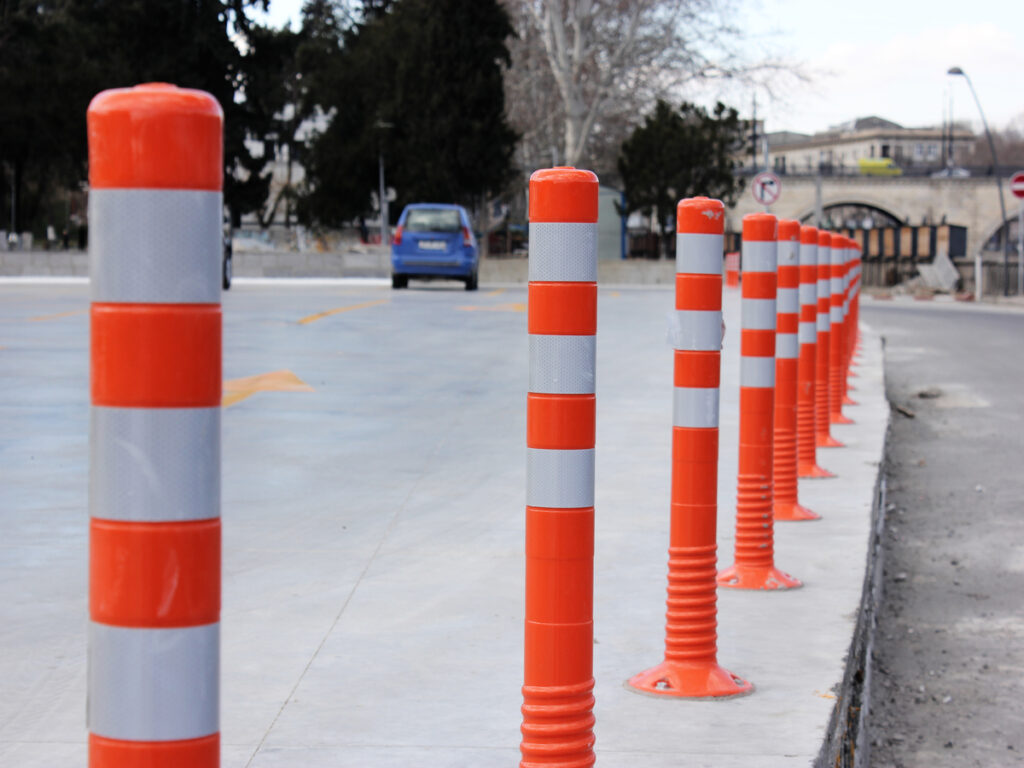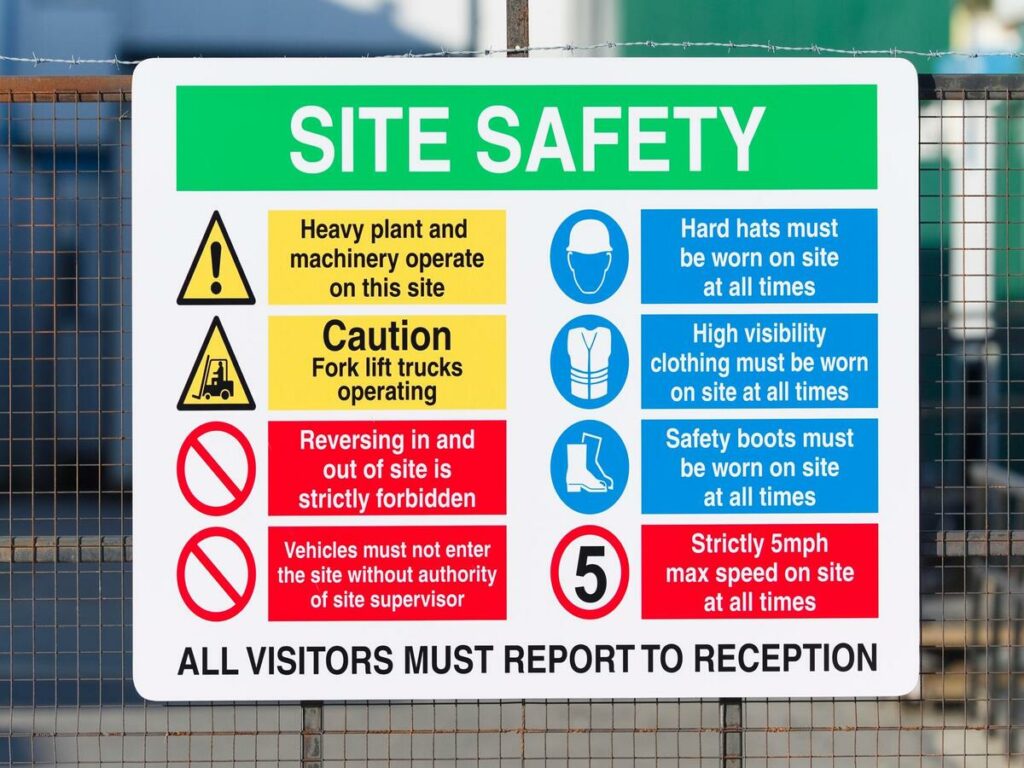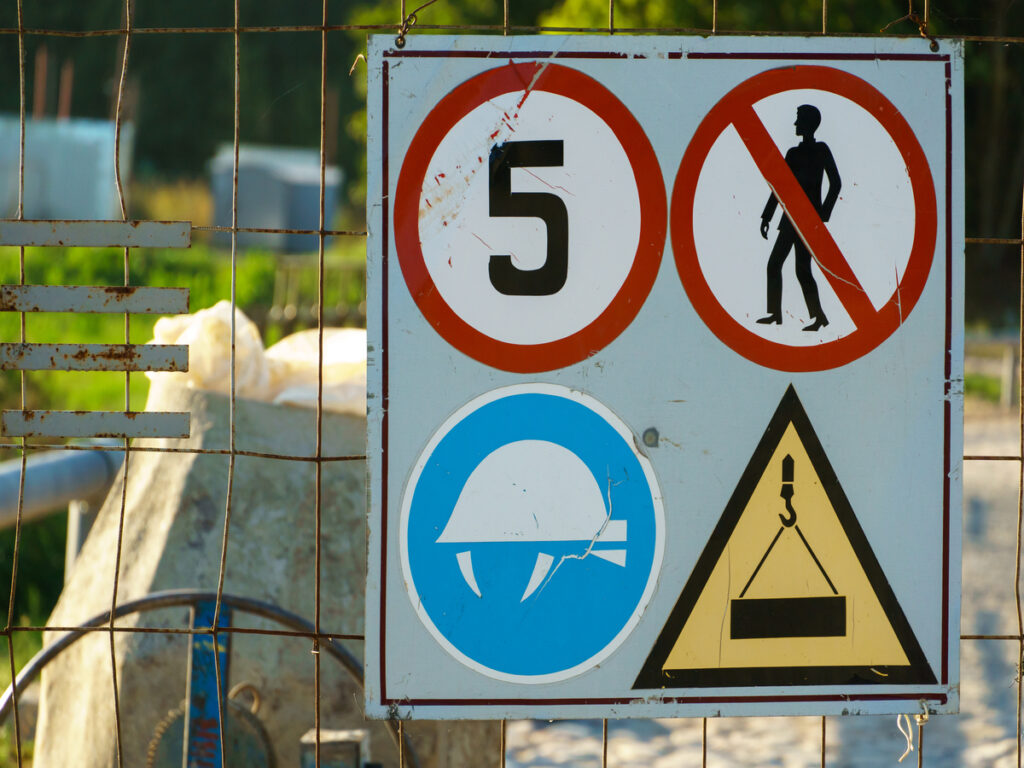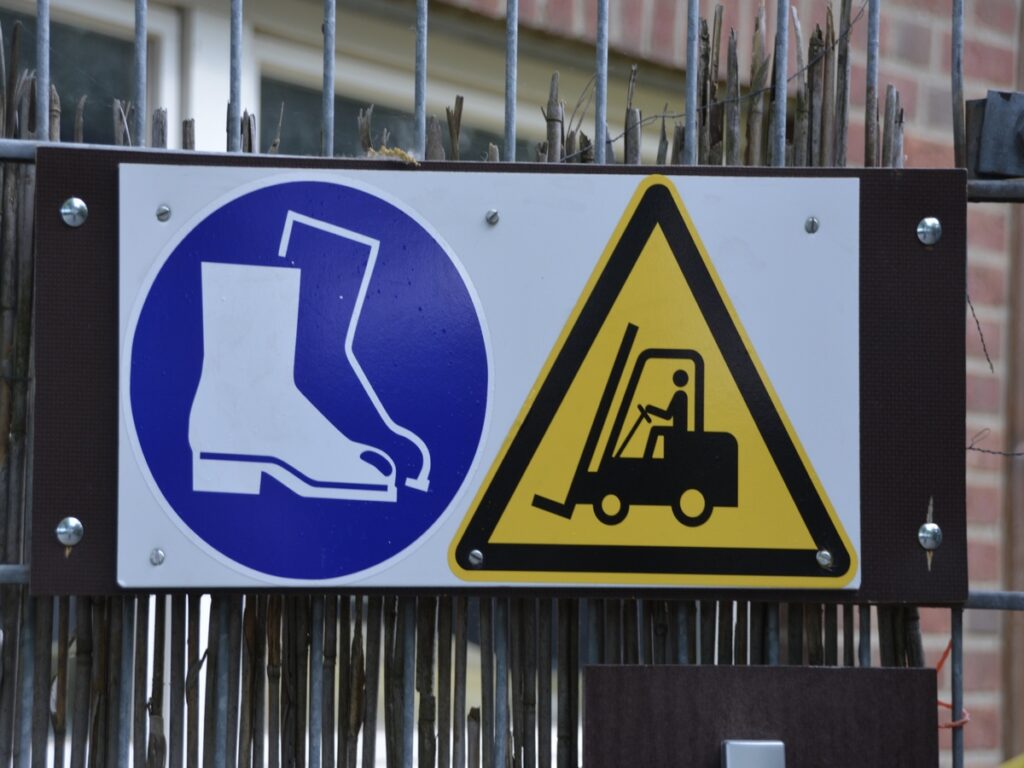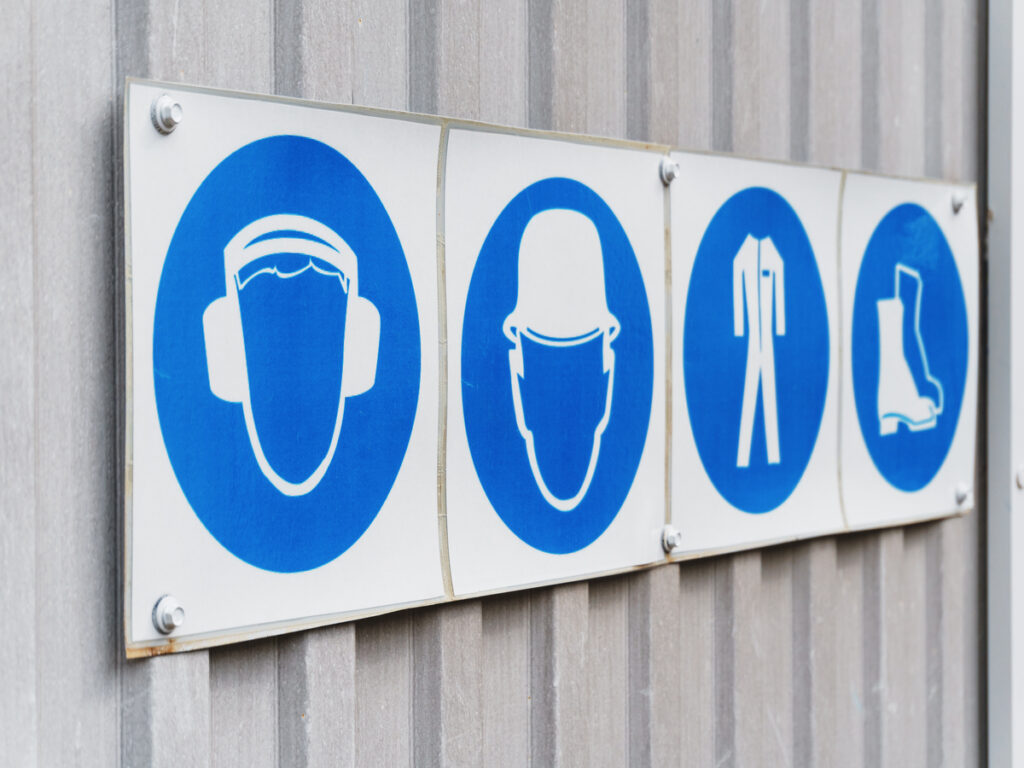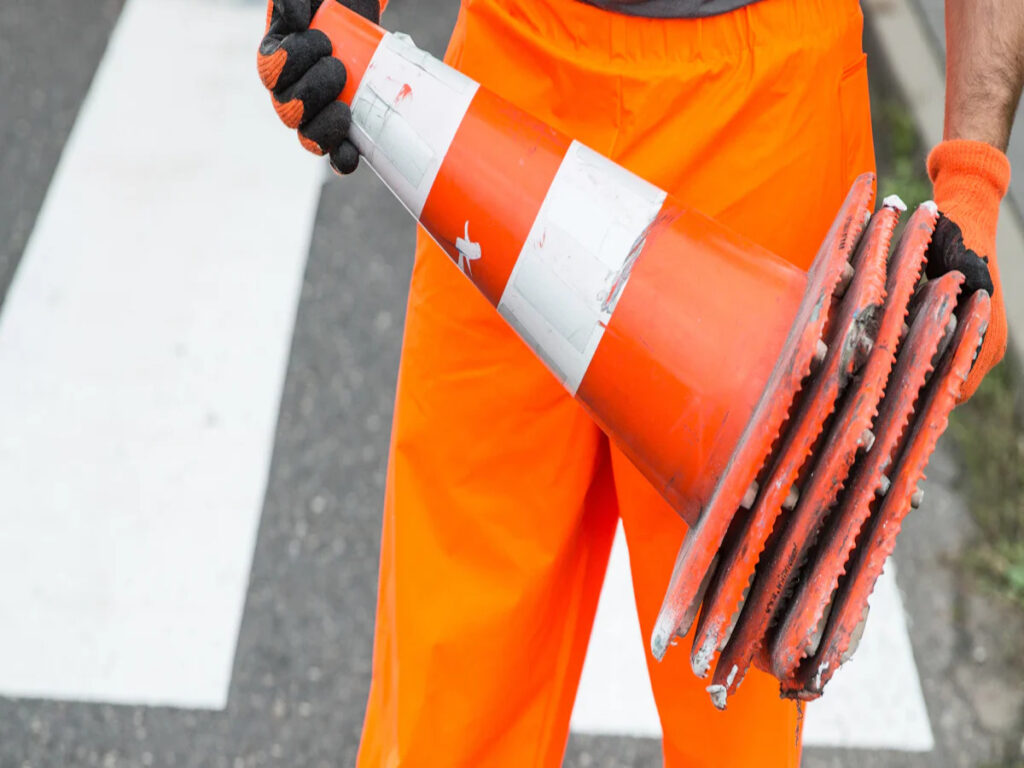
Traffic cones and arrow boards play a vital role in managing traffic during emergencies. You can rely on their high visibility and portability to guide vehicles safely through chaotic situations. Por ejemplo, large orange traffic cones often mark debris zones after accidents, keeping drivers away from hazards. Arrow boards, por otro lado, provide dynamic instructions, Reducir la confusión y mejorar el flujo de tráfico. Studies show that areas equipped with arrow boards experience fewer rear-end collisions and lane departures. Juntos, these tools ensure safety, minimizar retrasos, and support emergency responders in critical moments.
The Role of Traffic Cones and Arrow Boards
Large Orange Traffic Cones in Emergency Zones
Guiding traffic flow and marking hazardous areas
Large orange traffic cones are essential for guiding vehicles and marking dangerous zones during emergencies. Their bright orange color and reflective strips ensure high visibility, Incluso en la noche o en condiciones de poca luz. You can rely on their durable construction to withstand wind and vehicle impact, making them stable in chaotic environments.
Conos de tráfico de Optsigns offer the same high standards of safety and durability, with added features to enhance visibility and performance. Designed with robust materials, they’re perfect for managing traffic during construction, accidentes, o eventos públicos. Whether it’s daytime or nighttime, the reflective strips on Conos OPTsigns ensure they stand out, guiding vehicles and pedestrians with confidence.
Creating safe boundaries for emergency responders
Emergency responders depend on large orange traffic cones to establish safe working zones. These traffic control cones create physical barriers that protect responders from oncoming traffic.
OPTsigns traffic cones are specially designed to meet the rigorous demands of emergency situations. With their high-visibility orange color and reflective bands, they provide maximum attention and ensure responders are seen from a distance.
Arrow Boards for Dynamic Traffic Management
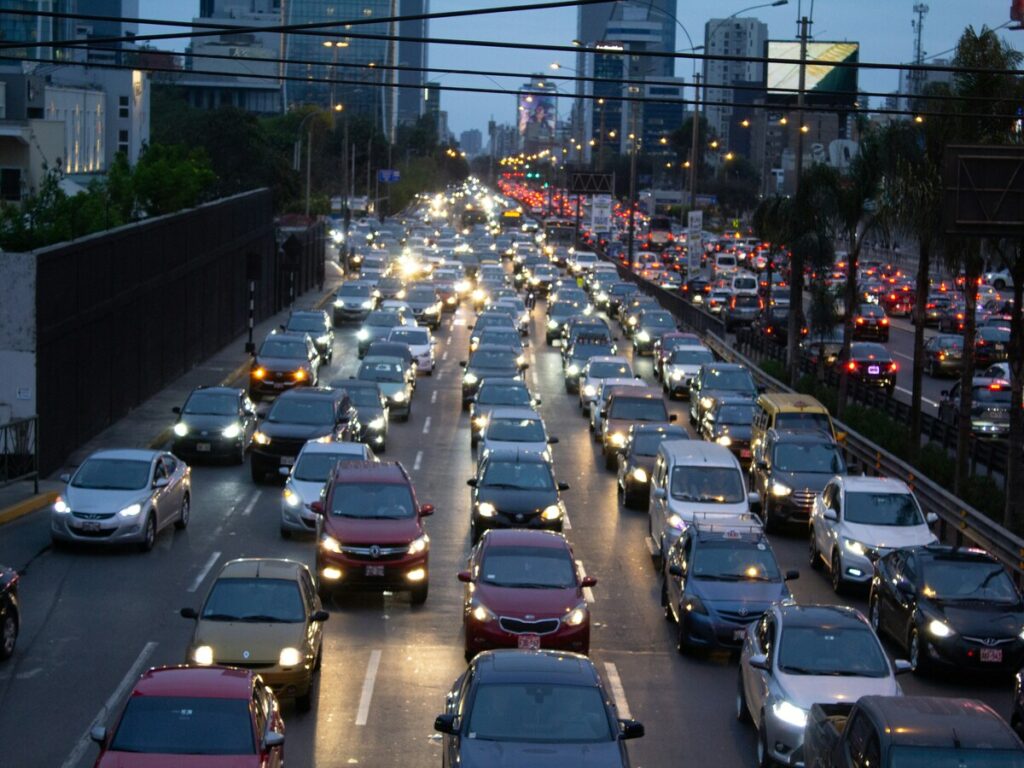
Providing real-time visual instructions to drivers
Arrow boards are invaluable for providing clear, real-time instructions to drivers. These solar arrow boards use bright, directional arrows to guide vehicles away from accident scenes or road closures. You can adjust their messages dynamically to reflect changing conditions, ensuring effective traffic management. Por ejemplo, during natural disasters, arrow boards inform drivers about closed roads and alternative routes, Reducción de la confusión y retrasos.
Enhancing communication in chaotic traffic scenarios
En emergencias, clear communication is critical. Arrow boards enhance communication by delivering visual cues that drivers can quickly understand. Their adaptability allows you to manage traffic efficiently, Incluso en situaciones caóticas. Whether directing vehicles around a crash site or signaling lane closures, arrow boards ensure smoother traffic flow and safer driving environments.
OPTRAFICO arrow boards take communication to the next level with their advanced features and high visibility. Designed for both daytime and nighttime use, these solar arrow boards deliver clear directional signals that help guide drivers safely around hazards. Their durable construction ensures reliable performance in even the most challenging environments, from construction zones to accident scenes. With customizable settings and easy-to-use controls, OPTRAFFIC arrow boards are a trusted solution for managing traffic flow efficiently during emergencies.
Combined Importance in Emergencies
Quick deployment to manage unexpected disruptions
The combination of large orange traffic cones and arrow boards allows you to respond quickly to unexpected disruptions. Cones can be deployed within minutes to block off lanes, while arrow boards provide immediate guidance to drivers. This rapid setup minimizes delays and ensures traffic moves safely around the affected area.
Supporting first responders with effective traffic control
Juntos, these tools create an organized traffic management system that supports first responders. Cones establish physical boundaries, while arrow boards direct vehicles to safe detours. This coordination reduces congestion and allows emergency vehicles to navigate efficiently. By using both tools, you can ensure a safer and more effective response to emergencies.
Consejo: Train your team to deploy cones and arrow boards efficiently to maximize their effectiveness during critical moments.
Benefits of Using Traffic Cones and Arrow Boards
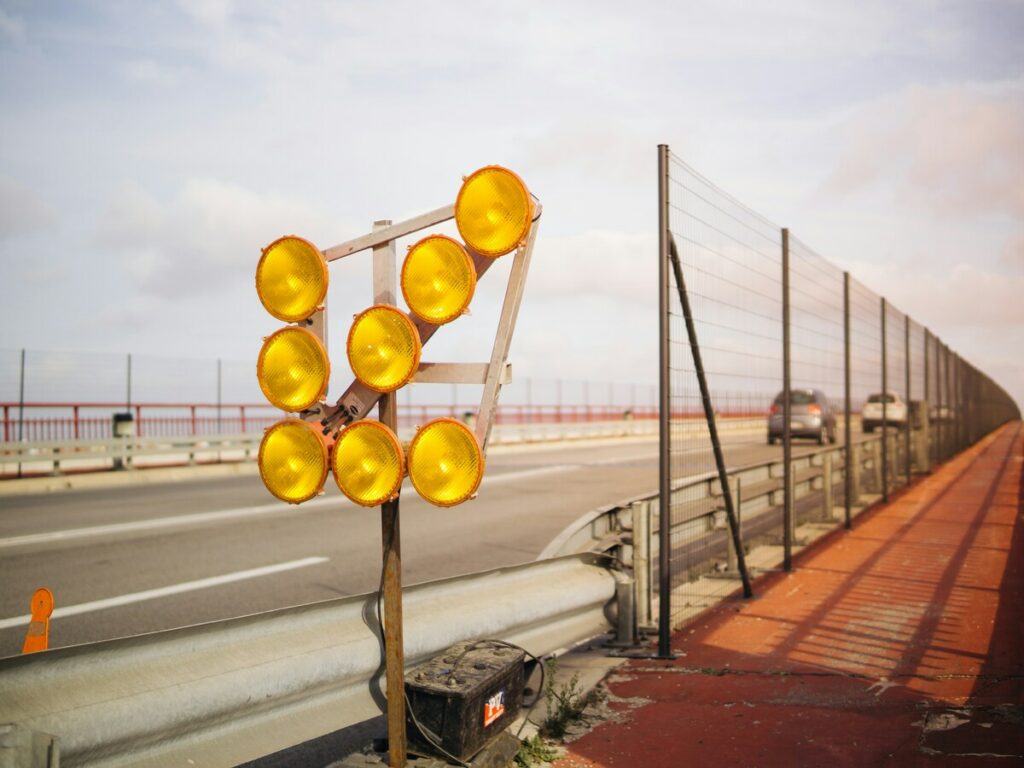
Reducción de la confusión del conductor
Offering clear visual cues for detours and lane closures
Traffic cones and arrow boards provide clear visual guidance during emergencies. You can use large orange traffic cones to mark detours or lane closures, ensuring drivers understand where to go. Their bright colors and reflective surfaces make them visible even in poor lighting. Arrow boards complement this by displaying dynamic instructions, such as directional arrows or warnings about upcoming hazards. Juntos, these tools eliminate guesswork for drivers, helping them navigate safely and efficiently.
Minimizing hesitation in high-stress situations
Emergencies often create high-stress environments for drivers. Confusion can lead to hesitation, Aumento del riesgo de accidentes. Arrow boards reduce this risk by delivering real-time instructions that drivers can quickly process. Por ejemplo, they can signal lane changes or detours, allowing you to maintain traffic flow. Large orange traffic cones reinforce these instructions by physically guiding vehicles along the correct path. This combination minimizes hesitation and keeps traffic moving smoothly.
Mejora de la seguridad
Protecting emergency personnel and road users
Arrow boards and traffic cones play a critical role in protecting socorristas de emergencia and road users. Arrow boards provide clear signals that direct vehicles away from accident scenes, Creando un entorno más seguro para todos. Studies show that areas with arrow boards experience fewer accidents, as drivers receive timely warnings about changing road conditions. Large orange traffic cones further enhance safety by marking off restricted zones, preventing vehicles from entering hazardous areas.
| Tipo de evidencia | Recomendaciones |
|---|---|
| Datos estadísticos | Significant reduction in traffic accidents after arrow board implementation |
| Estudios de caso | Notable decline in rear-end collisions and lane departure incidents |
| NHTSA Analysis | Decrease in work zone-related accidents due to strategic arrow board placement |
Preventing secondary accidents in congested areas
Accidentes secundarios often occur in congested areas when drivers fail to notice hazards in time. Arrow boards act as proactive measures, alerting drivers to upcoming dangers and reducing abrupt maneuvers. Experts emphasize the importance of situational awareness, which these tools help foster. By combining arrow boards with traffic cones, you can create a well-organized traffic management system that prevents secondary accidents and ensures smoother traffic flow.
Agilizar el flujo de tráfico
Maintaining order in chaotic environments
Emergencies can quickly turn traffic into chaos. Arrow boards and traffic cones restore order by providing clear instructions and physical boundaries. Arrow boards guide vehicles through detours, while traffic control cones create safe lanes for drivers to follow. This organized approach reduces congestion and keeps traffic moving, Incluso en situaciones desafiantes.
Allowing emergency vehicles to navigate efficiently
Efficient traffic flow is essential for emergency vehicles to reach their destinations quickly. Arrow boards and traffic cones work together to create clear paths for these vehicles. Por ejemplo, traffic control cones can block off lanes, while arrow boards direct regular traffic to alternative routes. This coordination ensures emergency responders can navigate efficiently, saving valuable time during critical moments.
Consejo: Regularly inspect and maintain your arrow boards and traffic cones to ensure they are ready for deployment during emergencies.
Practical Applications in Emergency Situations
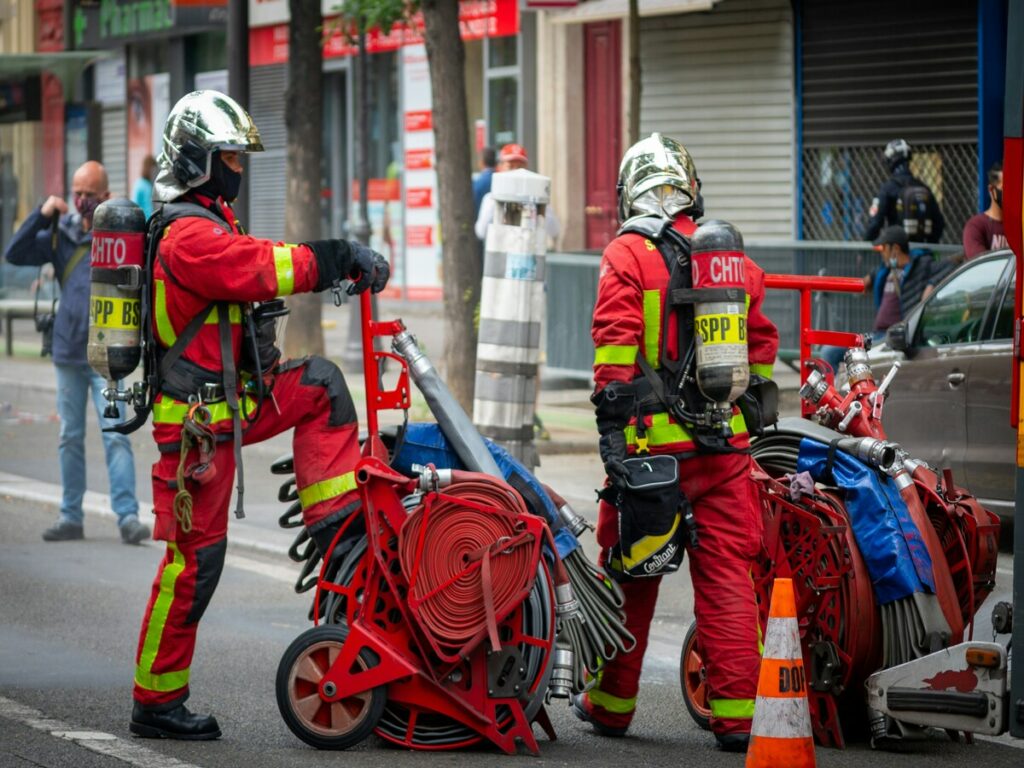
Managing Traffic During Accidents
Diverting vehicles around crash sites
Accidents often create confusion and congestion. Arrow boards help you manage these situations by directing vehicles away from crash sites. Su brillante, dynamic arrows provide clear guidance, ensuring drivers follow safe detours. This immediate traffic control reduces the risk of secondary accidents and keeps the area accessible for emergency responders.
Large orange traffic cones also play a critical role in marking hazards. Por ejemplo, after an accidente de avion, cones define areas with debris, guiding cleanup crews and investigators. These traffic control cones protect responders by creating a safe perimeter around hazardous zones. Their high visibility ensures drivers stay alert and avoid restricted areas.
- Arrow boards establish clear paths for emergency vehicles like fire trucks and ambulances.
- Conos de servicio pesado enhance safety by signaling danger and preventing vehicles from entering unsafe zones.
- Juntos, these tools create an organized and secure environment for responders and road users.
Crear zonas seguras para los servicios de emergencia
You can use traffic cones to mark restricted areas, keeping personnel safe from oncoming traffic. Brightly colored cones enhance visibility, signaling danger to drivers and preventing accidents. Arrow boards complement this by guiding responders to the accident site quickly. This coordination ensures fire trucks and ambulances reach the scene without delays.
Consejo: Always deploy cones and arrow boards strategically to maximize visibility and maintain safety during emergencies.
Road Closures and Construction Zones
Marking detours and alternative routes
Arrow boards provide vital guidance during road closures. They display clear instructions, such as detour routes or lane closures, Ayudando a los conductores a navegar de manera segura. Case studies show that using arrow boards significantly reduces congestion and accidents in construction zones.
Traffic cones reinforce these instructions by creating physical barriers. Por ejemplo, traffic control cones can block off closed lanes while guiding vehicles to open ones. This combination ensures smooth traffic flow and minimizes delays.
Ensuring smooth traffic flow around closed areas
You can rely on arrow boards and traffic control cones to maintain order in construction zones. Arrow boards direct vehicles to alternate routes, while cones create safe lanes for drivers. This organized approach reduces confusion and keeps traffic moving efficiently.
Nota: Regularly inspect your equipment to ensure arrow boards and traffic control cones are ready for deployment when needed.
Natural Disasters and Weather Events
Guiding evacuations and emergency routes
Durante los desastres naturales, arrow boards provide essential guidance. They inform drivers about road closures and alternate routes, ensuring safe evacuations. Strategic placement of traffic cones enhances visibility, helping you manage traffic effectively.
Por ejemplo, cones can mark flooded areas, preventing vehicles from entering dangerous zones. Arrow boards complement this by directing drivers to safer paths. This coordination ensures a smoother evacuation process during critical moments.
Managing traffic in flooded or damaged areas
Flooded or damaged roads require immediate attention. You can use large orange traffic cones to block off unsafe areas and guide vehicles to safer routes. Arrow boards provide real-time updates, ensuring drivers stay informed about changing conditions.
- Training personnel ensures proper deployment of cones and arrow boards.
- Strategic placement enhances visibility and keeps traffic flowing smoothly.
- These tools protect both drivers and responders during challenging situations.
Consejo: Always prepare your team with training to handle traffic management during natural disasters effectively.
Best Practices for Deployment
Strategic Placement of Large Orange Traffic Cones
Ensuring proper spacing for visibility and effectiveness
Proper placement of large orange traffic cones ensures maximum visibility and effectiveness. You should position traffic safety cones in a straight line, keeping them free from obstructions like parked vehicles or debris. Reflective materials on cones enhance their visibility, especialmente en condiciones de poca luz. Adjust the spacing between traffic safety cones based on the speed limit of the road. Para carreteras, place cones closer together to account for higher speeds. In low-speed areas, wider spacing works effectively. Larger traffic safety cones are ideal for highways, while smaller ones suit urban or residential roads.
Consejo: Always inspect cones for damage before deployment to maintain their effectiveness.
Adjusting placement based on traffic speed and volume
Traffic speed and volume significantly influence cone placement. En carreteras muy transitadas, you should deploy cones closer together to create clear boundaries for drivers. En zonas con mucho tráfico, use additional traffic safety cones to reinforce lane closures or detours. Para zonas de alta velocidad, ensure traffic safety cones are spaced consistently to prevent confusion. This strategic placement helps maintain order and reduces the risk of accidents.
Effective Use of Arrow Boards
Positioning boards for maximum visibility
Arrow boards must be positioned where drivers can see them clearly from a distance. Place them at eye level and ensure they face oncoming traffic. Avoid placing boards near sharp curves or obstructed areas. This placement ensures drivers have enough time to process the instructions and adjust their routes.
Updating directional messages in real-time
Real-time updates on arrow boards improve traffic management during emergencies. Wireless communication systems allow you to change messages instantly based on road conditions. Por ejemplo, you can update boards to reflect new detours or lane closures as situations evolve. Dynamic displays ensure drivers receive accurate and timely information, Reducción de la confusión y retrasos.
Nota: Regularly test arrow boards to ensure their wireless systems function properly during critical moments.
Coordination with Emergency Teams
Aligning traffic management with rescue efforts
Effective traffic management requires coordination with emergency teams. You should align cone placement and arrow board messages with rescue operations. Por ejemplo, traffic safety cones can block off lanes for emergency vehicles, while arrow boards guide regular traffic to alternate routes. This alignment ensures a smoother flow of vehicles and faster response times for first responders.
Training personnel for efficient deployment
Trained personnel are essential for deploying cones and arrow boards effectively. You should provide your team with hands-on training to handle various emergency scenarios. This training should cover proper cone spacing, arrow board positioning, and real-time message updates. Well-trained teams can respond quickly, ensuring safety and minimizing delays during emergencies.
Consejo: Conduct regular drills to keep your team prepared for real-world situations.
Traffic cones and arrow boards are indispensable for managing traffic during emergencies. You can rely on their combined use to reduce congestion and improve safety. Arrow boards guide drivers with clear, real-time instructions, helping them merge earlier and avoid confusion. Studies show that these tools significantly decrease accident rates and streamline traffic flow during incidents. Traffic cones create visible boundaries, protecting responders and road users. Juntos, they ensure smoother transitions and faster emergency response. Proper deployment of these tools enhances public safety and keeps traffic moving efficiently, even in the most challenging situations.

